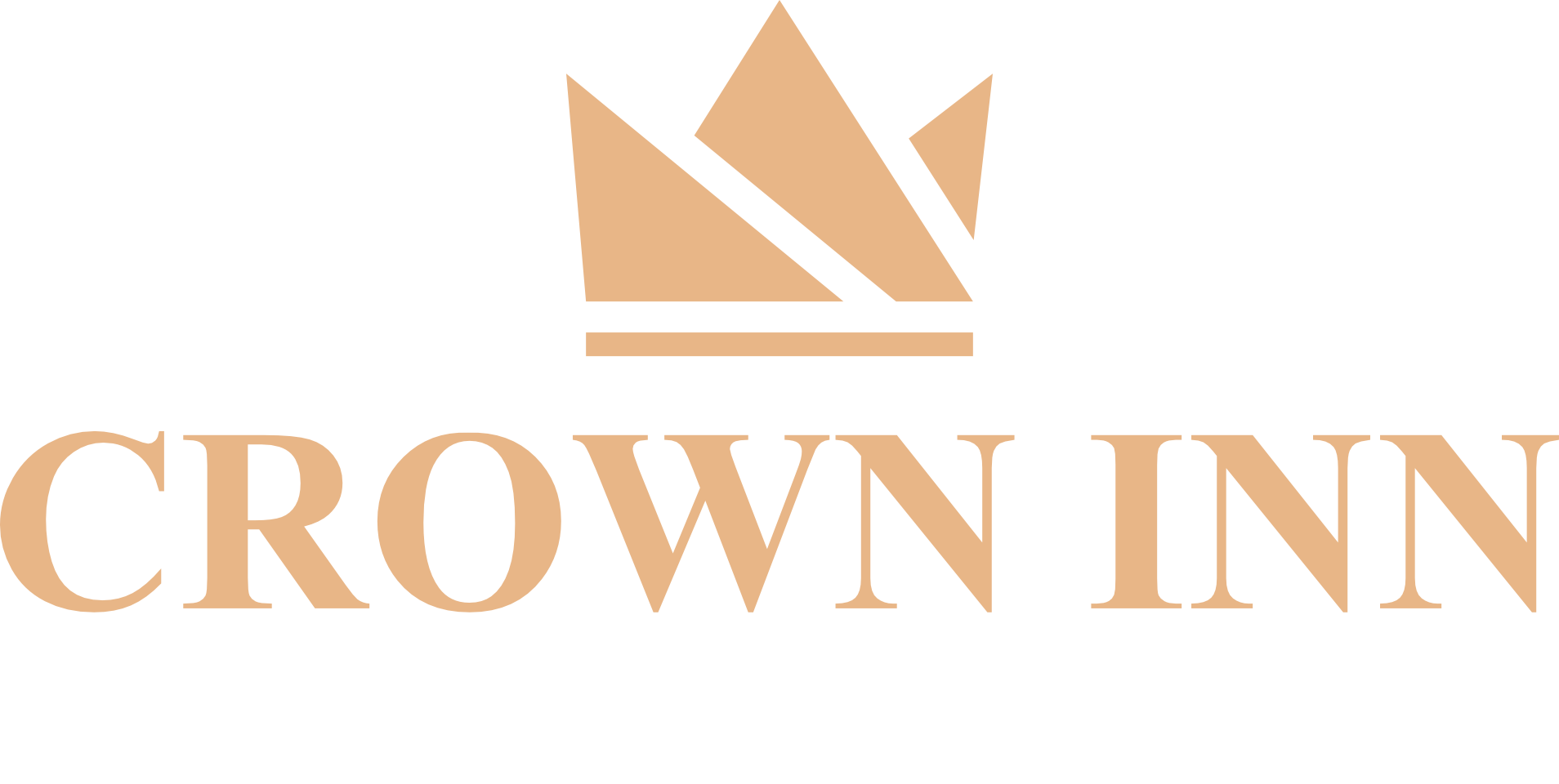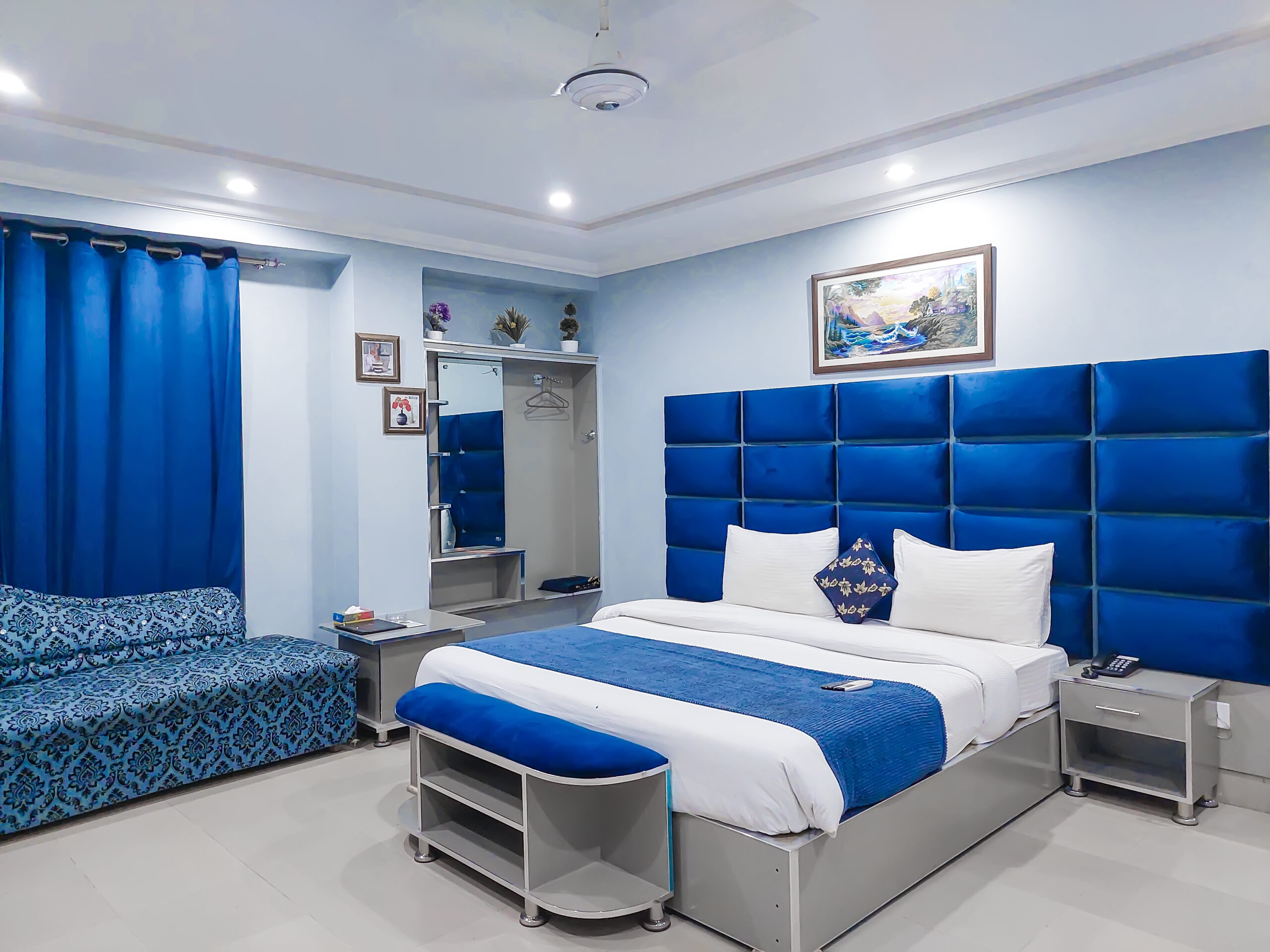The hospitality industry encompasses a broad range of businesses, including hotels, restaurants, transportation, events, attractions, and other services. While the sector has experienced growth, profitability hinges on overcoming endemic challenges.
This guide will examine the major pain points hospitality managers routinely face. For each issue, the root causes and innovative solutions will be explored so operators can tackle these obstacles head-on.
- Understanding Hospitality Industry Challenges
- Optimizing Hospitality Staffing
- Combating Seasonal Demand Volatility
- Maintaining Quality With Lean Staffing
- Mitigating Impacts of Economic Cycles
- Combating New Competitors and Rivals
- Adapting Physical Spaces Gracefully Over Time
- FAQ About Hospitality Industry Challenges
- What are the main differences in challenges between hotels and restaurants?
- Which industry segments, like business travel, are most affected during recessions?
- How can hotels better staff to cover fluctuating occupancy?
- What technologies can help hospitality businesses gain efficiency?
- How should properties determine where and when to spend on renovations?
- What strategies help hospitality businesses stand out from big chains?
- How can hotels better forecast occupancy during seasons of high volatility?
- What training helps overcome inconsistent service quality due to turnover?
Understanding Hospitality Industry Challenges
Hospitality spans many subsectors with their unique issues. However, overarching problems include:
- Intense competition among brands and properties
- High fixed costs and operating expenses
- Dependence on consistent customer volumes
- The requirement to meet customer expectations
- Reliance on transitory staffing models
- Susceptibility to external shocks like economic downturn
- Large physical footprints to build and maintain
Savvy executives aim to mitigate these through sound strategies and operations. Those who ignore endemic problems risk poor performance or even failure.
Optimizing Hospitality Staffing
Hiring, training, and retaining service staff plague operators. Factors causing staffing headaches include:
Low Barriers to Entry: Most roles require limited education or expertise.
High Turnover: Transient workforce with little loyalty. Workers lack the incentive to stay long-term.
Inconsistent Service: High turnover damages service quality as new hires constantly cycle through.
Volatile Demand Swings: Peaks and lows in business volume make scheduling difficult.
Undesirable Hours: Evening, night, weekend, and holiday shifts are required.
Low Wages: The pay scale for many positions remains near minimum wage levels.
Innovative solutions to the talent problem include:
Enhanced onboarding: Structured orientation and training programs for faster proficiency.
Internal Promotions: Career ladders to higher titles like a supervisor to reward top performers.
Incentives: Bonus structures to share profits, retention awards, and perks to motivate.
Flexible Scheduling: Accommodate employee availability preferences when possible.
Culture Focus: Foster team environment and manager empathy.
Elevated Ambiance: Ensure back-of-house areas like kitchens are attractive and enjoyable workspaces.
External Partnerships: Work with local schools, colleges, and employment agencies on talent pipelines.
With the right strategies, hospitality businesses can still attract and retain suitable staff despite inherent challenges.
Combating Seasonal Demand Volatility
Customer volumes fluctuate severely between peak and off-peak periods in hospitality. For hotels, demand depends heavily on:
- Leisure travel during weekends, summers, and holidays
- Group and conference bookings that vary month-to-month
- Local events and attractions that draw visitors
Restaurants also face extreme demand shifts between weekends and weekdays, holidays, and event schedules.
To smooth volatility, businesses apply tactics like:
Advanced Revenue Management: Sophisticated forecasting models help anticipate peaks and lows. Optimization maximizes high-demand pricing and occupancy.
Group Sales: Negotiating corporate, government, tour, and conference contracts helps fill slower weeks.
Bundling Promotions: Packages and loyalty programs incentivize off-peak travel.
Market Segmentation: Focus seasonal marketing on key demographics with flexibility, like families, seniors, and leisure travelers.
Staffing Fluctuation: Hire on-call roles and contractors to scale labor needs better.
Alternative Revenue: Develop new offerings like F&B, spa, retail, and events to offset room demand swings.
Agility and innovation are required to handle inherent seasonality. Data-driven strategies limit lost opportunities during peak periods and shortfalls when demand drops.
Maintaining Quality With Lean Staffing
High customer expectations for service quality combined with lean staffing levels create tension in hospitality. Errors and delays quickly generate guest dissatisfaction. Common pitfalls include:
Understaffed Shifts: Too few workers lead to extended waits or service gaps. This frustrates customers.
Focus on Costs: Operators concentrate more on labor cost control than experience, damaging service.
Inconsistent Training: Rapid turnover and poor onboarding undermine service standards.
Weak Incentives: Staff lack motivation or metrics to meet service targets.
Dated Processes: Manual paper workflows slow operations and contribute to mistakes.
Improving service quality without ballooning payroll requires:
Targeted Upstaffing: Adding key roles like greeters and runners during peak periods.
Staff Cross-Training: Broaden skills to pitch in flexibly when volumes spike.
Manager Empowerment: Enable supervisors to offer refunds, comps, and upgrades to placate unhappy guests.
Technology Investment: Automate mundane tasks like check-ins to increase attentiveness.
Service Quality Metrics: Track detailed statistics like wait times, issues, and satisfaction to improve procedures.
Comment Monitoring: Aggregate guest feedback from surveys, reviews, and social media to guide staff training.
With smart management, hospitality businesses can balance staff productivity with high-quality experiences.
Mitigating Impacts of Economic Cycles
Hospitality depends heavily on discretionary spending. Luxury travel and dining are among the first purchases cut by consumers and businesses in economic downturns.
Dips in travel are even more pronounced during recessions versus the overall economy. For example, during the Great Recession, the US GDP declined 2.5% while hotel industry revenues plunged 16%.
While managers can’t prevent cycles, they can minimize damage through:
Aggressive discounting: Price reductions, flash sales, and package deals keep travelers booking, even at lower rates.
Lenient cancellations: Removing or easing penalties helps retain tentative guests.
Group bookings: Strategic contracts with event planners, tour operators, and corporations provide guarantees.
Budget scrutiny: Controllable costs like payroll, maintenance, and energy get optimized. Marketing is focused on the highest ROI channels and offers.
Regional shifts: Promote staycations and target nearby drive markets less impacted by air travel reductions.
Deferrals: Delay planned capital projects and renovations until recovery is underway.
Increased service: Allocating more staff time to enhance the guest experience retains those still willing to spend.
While downturns cause declines, preparation limits freefall plunges in revenue and profits.
Combating New Competitors and Rivals
Heightened competition threatens all hospitality sectors. Hotels fight against:
- New construction increasing supply, especially budget chains
- Alternative lodging like home rentals, B&Bs, hostels
- Peer properties aggressively discount rates to steal share
Restaurants battle against:
- Expanded fast casual, small chains, and innovative independents
- Grocerant and meal kit delivery options
- Peer eateries discounting prices or running promotions
This intensifies price wars and the need for differentiation. Tactics to stand out include:
Loyalty Programs: Reward repeat customers with status, points, and perks.
Unique Concepts: Provide one-of-a-kind accommodations, cuisine, and amenities tough to replicate.
Local Focus: Community roots and relationships engender customer familiarity and loyalty.
Bundling Deals: Package differentiated services like spas, bars, or entertainment that rivals lack.
Curb Cuts: Make parking, check-in, and dining reservations effortless, unlike competitors.
Personalization: Learn guest preferences to tailor stays and offers.
Brand Reputation: Promote award wins, press features, and strong reviews that elevate prestige.
Standing apart requires creativity beyond just price-slashing. Hospitality is an experienced business requiring ingenuity and hustle to attract loyal customers.
Adapting Physical Spaces Gracefully Over Time
Properties with extensive physical footprints, like resorts, convention centers, and restaurants, struggle to maintain spaces built for different eras. Needs change regarding:
- Guest room sizes, amenities, and technology
- F&B concepts and seating configurations
- Event and conference offerings
- Design aesthetics and decors
- Engineering and building systems
- Brand standards and markings
- Accessibility and inclusiveness
Updating spaces is required but highly disruptive to operations. Solutions include:
Modular design: Interchangeable walls, seating, and decor enable shifting layouts.
Multi-use spaces: Flexible ballrooms, outdoor areas, and co-working venues host diverse events.
Phased renovations: Remodeling is done in stages to minimize closures. Priority spaces get addressed first.
Brand flexibility: Negotiate longer refresh windows with brand leadership to defer costs.
Creative funding: Explore loans, grants, and tax credits that support refreshes.
Return optimization: Prioritize high-impact changes like new lobbies over back-of-house.
Off-peak work: Schedule noisy construction during lower occupancy periods to limit disturbance.
With strategic planning, properties can evolve aesthetics over time while respecting capital realities.
FAQ About Hospitality Industry Challenges
Hospitality professionals researching industry issues may have additional questions:
What are the main differences in challenges between hotels and restaurants?
Hotels struggle more with fixed assets and infrastructure like buildings, while restaurants contend with perishable inventory and thin margins. But both face volatility, seasonality, staffing, and changing consumer expectations.
Which industry segments, like business travel, are most affected during recessions?
Luxury and corporate hotels see the steepest demand drops during economic downturns. Budget properties and drive-to leisure destinations hold up better. Restaurants also see declines but are less impacted than lodging.
How can hotels better staff to cover fluctuating occupancy?
Using more flexible roles like on-call workers instead of fixed schedules enables scaling. Cross-training staff in multiple functions also supports reassignment based on business volumes.
What technologies can help hospitality businesses gain efficiency?
Mobile apps, kiosks, digital menus, guest messaging, paperless check-ins, schedule optimization software, inventory management systems, and automated marketing allow for accomplishing more with fewer staff.
How should properties determine where and when to spend on renovations?
They should evaluate guest feedback on what’s outdated. Prioritize public areas like lobbies and event spaces over back-of-house utilities. Plan capital projects during seasonal lows to minimize closures.
What strategies help hospitality businesses stand out from big chains?
Independent properties can focus on local relationships, specialized cuisine or amenities, historical relevance, arts/culture, unique architecture, hyper-convenience, and boutique service.
How can hotels better forecast occupancy during seasons of high volatility?
Sophisticated revenue management systems that incorporate historical data, local events, demographics, weather, and competition can project booking demand weeks in advance, enabling better optimization of pricing and staffing.
What training helps overcome inconsistent service quality due to turnover?
Structured orientation programs are onboard new hires. Mandatory refreshers reiterate brand standards. Manager observation and individualized coaching continuously reinforce skills.
Addressing endemic problems requires deep hospitality expertise. However, leaders who tackle these challenges strategically gain the upper hand over competitors who ignore them.

